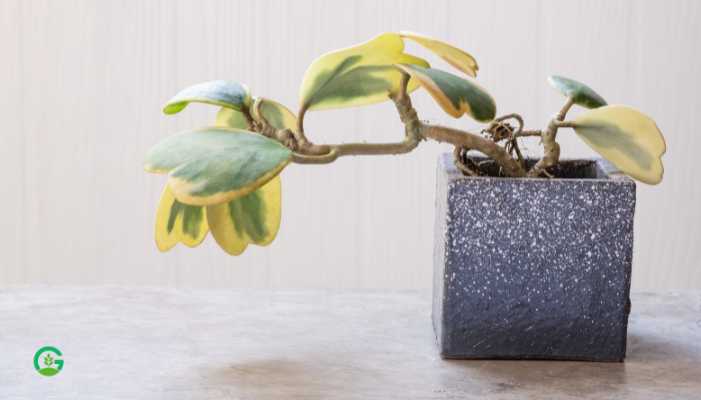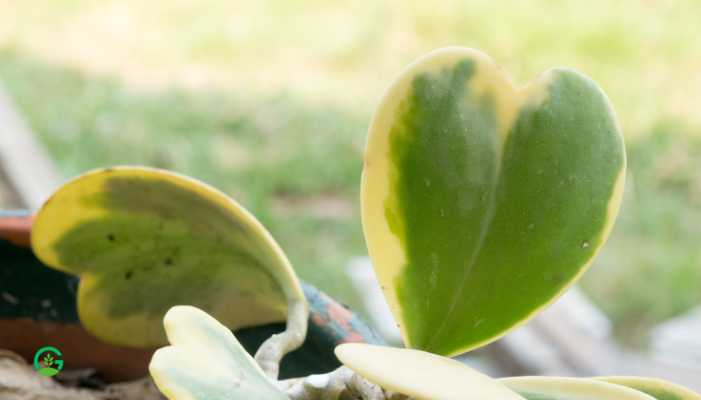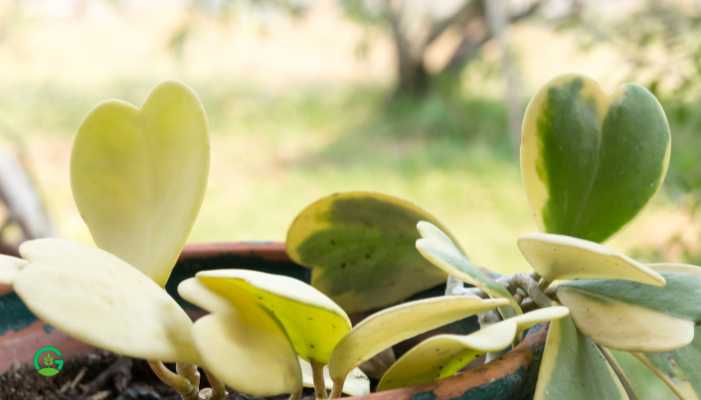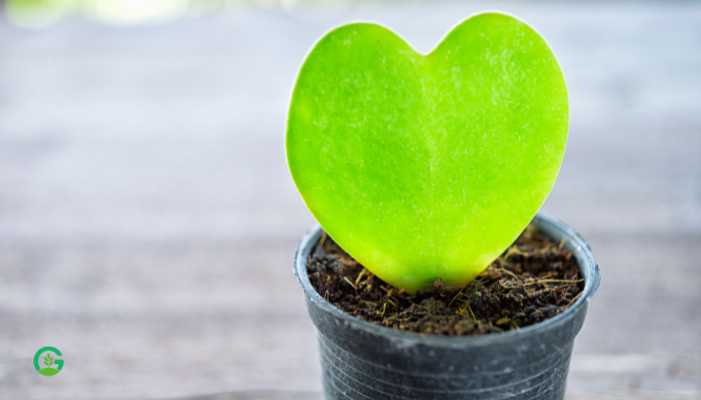Introduction
Have you ever fallen in love with a plant at first sight? The First Love plant has an effect on many people.
Its attractive appearance and relatively easy care make it a favorite among gardeners and houseplant enthusiasts. But how do you ensure that your first love plant continues to thrive?
Let’s plunge into the world of this adorable plant and uncover the secrets to its successful growth and care.
First Love Plant Table of Contents
What is a First Love Plant?
The First Love Plant, also known by its scientific name Hoya kerrii, is a popular succulent known for its heart-shaped leaves. This unique feature has earned it the nickname “Valentine Plant” or “Sweetheart Hoya.” Originating from Southeast Asia, this plant is both charming and low-maintenance, making it an ideal choice for both beginner and seasoned gardeners.

Choosing the Right Environment
Indoor vs. Outdoor: Where Should You Grow It?
One of the first decisions you’ll need to make is whether to grow your First Love Plant indoors or outdoors. While this plant can thrive in both environments, it tends to do better indoors where you can control the temperature and humidity more easily. Outdoor planting is possible in warmer climates, but the plant must be protected from extreme weather conditions.
Creating the Perfect Indoor Setup
If you opt for indoor planting, place your First Love Plant in a bright room with indirect sunlight. A windowsill with filtered light is ideal. Ensure the room maintains a temperature between 65°F and 80°F, as this range is optimal for growth.
Planting Your First Love Plant
Choosing the Right Pot
Select a pot with good drainage to prevent waterlogging, which can lead to root rot. Terracotta pots are a great choice because they allow excess moisture to evaporate more easily.
Planting Steps
- Fill the pot with a well-draining succulent soil mix.
- Place the plant in the pot, ensuring the base of the stem is at soil level.
- Gently firm the soil around the base to support the plant.
- Water the plant lightly after planting.

Watering Requirements
How Often Should You Water?
Watering the First Love Plant can be tricky because it requires just the right amount of moisture. Overwatering can be more detrimental than underwatering. Allow the soil to dry out completely between waterings. A good rule of thumb is to water once every two to three weeks, but this can vary depending on your home’s humidity and temperature.
Signs of Overwatering and Underwatering
- Overwatering: Yellowing leaves, soggy soil, and a mushy stem are signs of overwatering.
- Underwatering: Wilted leaves and dry, brittle soil indicate the plant needs more water.
Soil and Fertilization
Best Soil for First Love Plant
A well-draining soil mix designed for succulents is ideal. You can also create your own mix by combining regular potting soil with sand or perlite to enhance drainage.
Fertilizing Tips
First Love Plants don’t require frequent fertilization. During the growing season (spring and summer), you can feed your plant with a diluted succulent fertilizer once a month. Avoid fertilizing in the winter when the plant is dormant.
Light and Temperature
Light Requirements
The First Love Plant thrives in bright, indirect sunlight. Too much direct sunlight can scorch the leaves, while too little light can slow growth. If you’re growing your plant indoors, place it near a window that receives plenty of light but is shaded by sheer curtains.
Ideal Temperature Range
Maintain a temperature range between 65°F and 80°F. Avoid placing the plant near drafts, heaters, or air conditioners, as sudden temperature changes can stress the plant.
Image | Product Name | Review | Price |
Pruning and Maintenance
When and How to Prune
Pruning helps keep your First Love Plant healthy and encourages new growth. The best time to prune is during the growing season. Use clean, sharp scissors to remove any dead or yellowing leaves and trim back overgrown stems.
General Maintenance Tips
- Clean the Leaves: Dust can accumulate on the leaves, hindering photosynthesis. Wipe the leaves gently with a damp cloth every few weeks.
- Check for Pests: Regularly inspect your plant for signs of pests like aphids or mealybugs.
Common Pests and Diseases
Identifying and Treating Pests
- Aphids: Small, green insects that cluster on new growth. Treat by wiping them off with a cotton swab dipped in rubbing alcohol.
- Mealybugs: White, cotton-like pests. Remove them with a mixture of water and dish soap.
Preventing Diseases
The most common issue is root rot, caused by overwatering. Ensure your plant has well-draining soil and a pot with drainage holes. If you notice any signs of disease, act quickly to address the problem and save your plant.
Propagation Techniques
How to Propagate First Love Plant
Propagating your First Love Plant is a rewarding process that allows you to grow new plants from cuttings. Here’s a simple method to try:
- Select a Healthy Stem: Choose a stem with at least two leaves.
- Cut and Dry: Use a clean, sharp knife to cut the stem. Allow the cutting to dry for a day or two to form a callus.
- Plant the Cutting: Place the cutting in a pot with succulent soil mix. Water lightly and place in a bright, indirect light location.
- Wait for Roots: Roots should develop in a few weeks. Be patient and avoid overwatering during this period.
Seasonal Care Tips
Spring and Summer Care
During the growing season, ensure your plant gets enough light and water. This is the best time to fertilize and prune your plant to encourage healthy growth.
Fall and Winter Care
In the colder months, reduce watering and stop fertilizing. The plant’s growth slows down, and it requires less care. Keep it in a warm spot away from drafts.
Read More
Common Mistakes to Avoid
Overwatering
The most common mistake with First Love Plants is overwatering. Always let the soil dry out completely between waterings to prevent root rot.
Insufficient Light
While they can tolerate low light, First Love Plants thrive in bright, indirect light. Ensure your plant gets enough light to avoid leggy growth.
Ignoring Pests
Regularly check for pests and treat them promptly to prevent infestations from damaging your plant.

Benefits of Growing First Love Plant
Aesthetic Appeal
The heart-shaped leaves make the First Love Plant a charming addition to any home decor. It’s a perfect gift for loved ones due to its symbolic shape.
Easy Maintenance
This plant is relatively low-maintenance, making it ideal for busy individuals or those new to gardening. It requires minimal watering and can thrive in various light conditions.
Air Purification
Like many houseplants, the First Love Plant can help purify the air in your home, creating a healthier living environment.
Conclusion
The First Love plant is a delightful addition to any plant collection. Its heart-shaped leaves and easy care requirements make it a favorite among plant lovers.
By following the tips outlined in this guide, you can ensure that your First Love plant thrives and continues to bring joy and beauty to your home. Happy gardening!
Frequently Asked Questions (FAQs)
How often should I water my First Love Plant?
You should water your First Love Plant once every two to three weeks, allowing the soil to dry out completely between waterings.
Can I grow a First Love Plant outdoors?
Yes, you can grow a First Love Plant outdoors if you live in a warm climate. Ensure it is protected from extreme weather conditions.
How do I propagate a First Love Plant?
You can propagate a First Love Plant by taking a cutting from a healthy stem, allowing it to dry, and then planting it in succulent soil mix.
What should I do if my First Love Plant’s leaves turn yellow?
Yellow leaves can be a sign of overwatering. Check the soil moisture and ensure the plant has well-draining soil and a pot with drainage holes.
Is the First Love Plant toxic to pets?
The First Love Plant is generally considered non-toxic to pets, but it’s always best to keep any plant out of reach of curious animals.





















1 thought on “How to Grow and Care for First Love Plant”